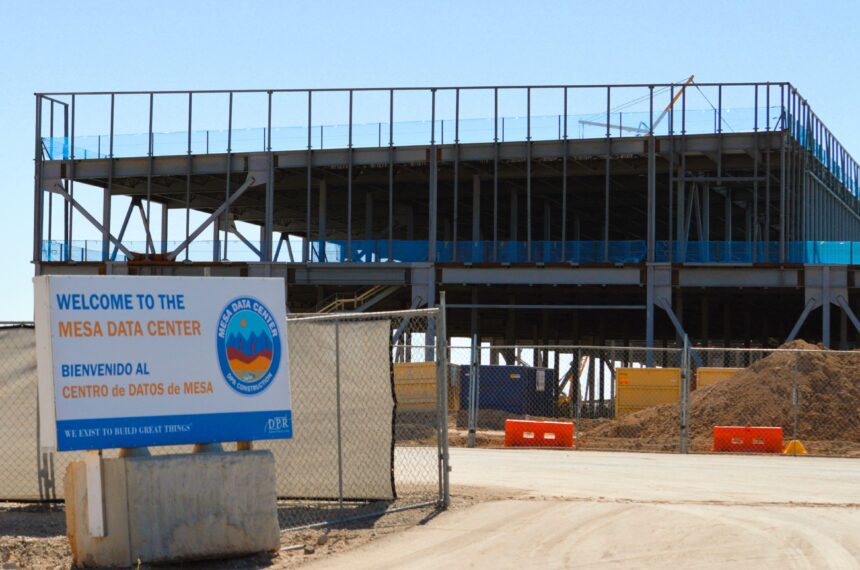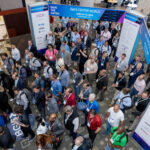The past year has seen data center operators grapple with the double-edged sword of increasing demand and rising barriers to growth.
Our top 10 data center build/construction developments explore the nature of these challenges, including climate change and increasing costs, and the ways in which operators are adapting.
A report by JLL shows that artificial intelligence workloads and continued cloud adoption are fueling explosive demand for data centers, leading to a shortage of colocation space and rising prices. Most of the data center supply in the last half of 2023 and 2024 has been pre-leased or is under exclusivity agreements, and, according to the report, the supply chain imbalance is expected to last through 2024 and into 2025.
Despite the incentives to invest in data center growth, the industry faces several barriers. These include a lack of suitable space and locations for data center builds; high energy prices undercutting profitability; increasing legislation around data center sustainability; the higher prevalence of natural disasters meaning operators must invest in contingency technologies (like backup power supplies); and the ongoing challenge of hiring and retaining employees.
The nature of building a data center in 2023 is very different from even five years ago. How they’re used and the workloads deployed within them are evolving rapidly; workloads are changing, data complexity is increasing, and concerns about data center power consumption have risen to the forefront. When building a data center, you must anticipate what you’re going to need in the future.
When your data center is no longer a good fit for your needs, replacing it with a new one may not be the most cost-efficient or sustainable approach; in some cases, a better option is to retrofit your data center. Retrofitting isn’t always the best solution for improving the cost-effectiveness of data centers or addressing new requirements, but if the changes you want to make are limited in scale, a retrofit is likely to be the faster, more affordable, and more sustainable way to bring your data center up to speed.
The last three years have vastly improved the industry’s understanding of data center supply, demand, and construction challenges. Organizations are adapting to these challenges to meet the demands of bringing infrastructure to the market faster: data center builders and architects are becoming more creative in construction, we’ll see new construction materials being utilized, as well as better ways to manage large projects.
Nvidia’s shares soared after CEO Jensen Huang said he envisions a $1 trillion data center equipment overhaul thanks to accelerated computing and generative AI. However, there are questions about the cost and scale of these replacements.
Climate change could make today’s top data center locations much less attractive in the future, and operators who want to avoid problems should take steps now to get ahead. The most effective way to make data centers resilient is to construct them where they are less prone to the negative impacts of a changing climate – locations that can rely on clean energy, are not prone to flooding, and where insurers won’t refuse cover.
Data center operators are missing out on opportunities by not investing more in data centers located in developing nations. Benefits include access to renewable energy sources, lower real estate costs, and locations less prone to natural disasters, as well as bringing better digital services to people in developing countries. Incentivizing data center construction in these regions will boil down to creating the right political, educational, and operational infrastructure.
Roofs play a pivotal role in shaping data center operations, impacting energy efficiency, resilience against natural disasters, cost, and usable space. No roof will cater to each priority equally, and operators should decide which approach provides the greatest benefits at the lowest costs, based on their priorities.
In many ways, one of the most important factors in shaping data center efficiency and effectiveness is the thing at the bottom of every data center: the floor. Floor design and materials play a key role in data center cooling and energy efficiency; equipment reliability, installation, and maintenance; cabling space; and building costs.




